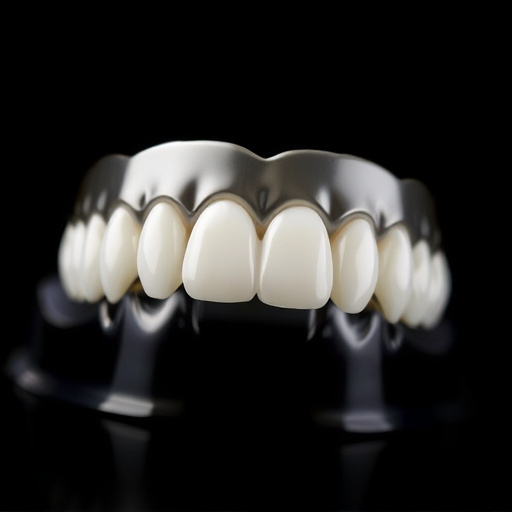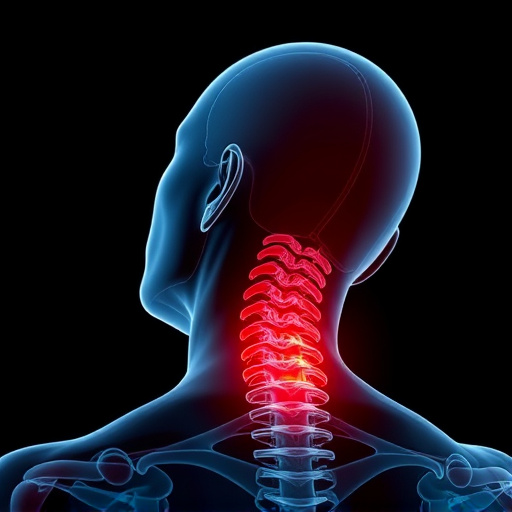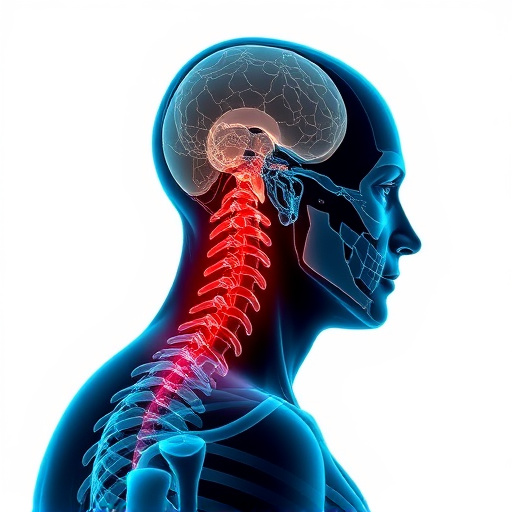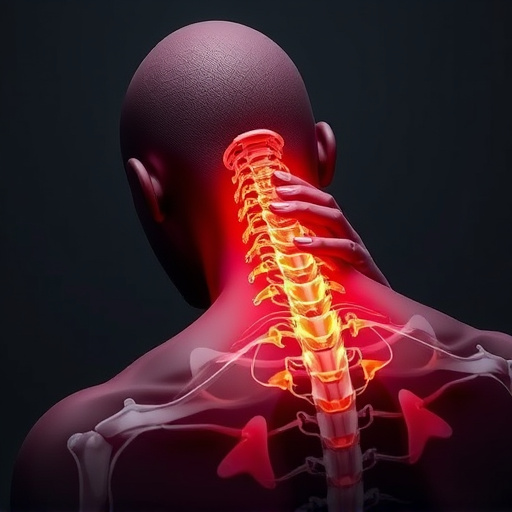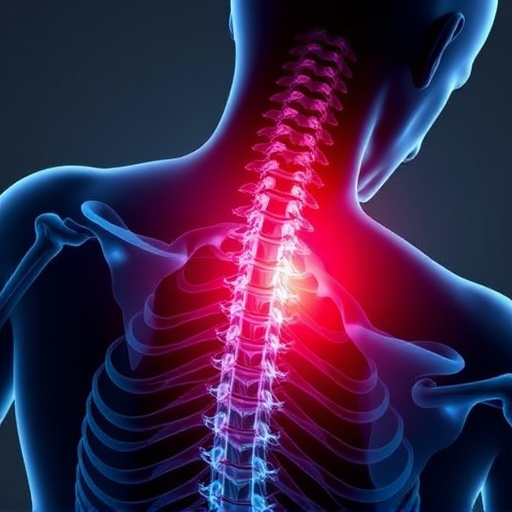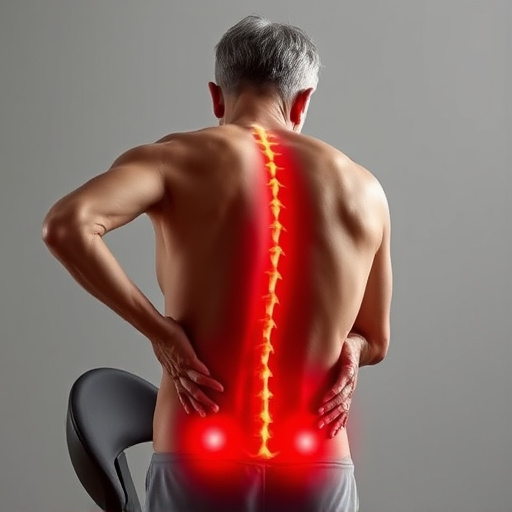An initial auto injury assessment is vital for understanding and treating injuries from car accidents. Healthcare professionals gather patient history through detailed interviews, covering collision details, symptoms, and pre-existing conditions. This process is complemented by a comprehensive physical examination to identify structural damage and pain sources. Thorough documentation of visible trauma, pain levels, and medical history aids in differentiating acute injuries from pre-existing conditions, guiding tailored treatment plans like chiropractic care, physical therapy, or targeted pain relief.
In the aftermath of an auto accident, a comprehensive auto injury assessment is paramount for accurate diagnosis and effective treatment. This detailed process involves several key tests designed to uncover both immediate and latent injuries. From initial patient history and physical examinations to advanced diagnostic imaging and functional assessments, each step plays a crucial role in determining the full extent of an individual’s injuries and tailoring appropriate care. Understanding these tests is essential for victims navigating the complexities of auto injury recovery.
- Initial Assessment and Patient History
- – Physical examination and patient interview
- – Documentation of injuries and symptoms
Initial Assessment and Patient History
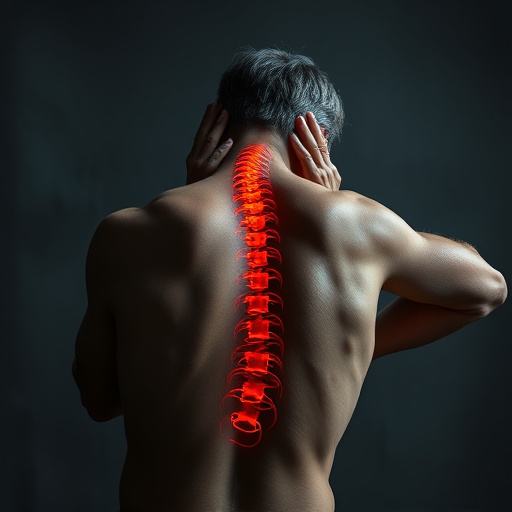
The initial assessment in an auto injury assessment is a critical step that involves gathering comprehensive patient history and conducting a thorough physical examination. This process helps healthcare professionals gain insights into the extent of the injuries sustained during an auto accident. During this phase, patients are asked about the nature of the collision, their symptoms, any pre-existing medical conditions, and relevant details regarding their daily lives. For instance, understanding a patient’s occupation or regular physical activities can provide valuable context for evaluating pain levels and functional limitations post-injury.
Patient history plays a pivotal role in tailoring the auto injury assessment and subsequent treatment plan. It allows healthcare providers to identify specific areas of concern, whether it’s related to chronic pain, mobility issues, or rehabilitation needs. This information guides decisions on whether chiropractic treatment, physical therapy, or other rehab services are appropriate for optimal auto accident recovery.
– Physical examination and patient interview

In a standard auto injury assessment, the initial steps involve a thorough physical examination and an in-depth patient interview. During the physical exam, healthcare professionals carefully assess the injured areas, looking for signs of pain, swelling, or deformity. This may include range-of-motion tests, muscle strength evaluations, and specific orthopedic examinations to identify any structural damage. The interviewer will then gather detailed information about the incident, including how the accident occurred, the symptoms experienced by the patient, and their medical history.
This dual approach—combining physical assessment with a patient’s account—is crucial in diagnosing auto injuries accurately. It helps healthcare providers differentiate between acute trauma and pre-existing conditions, guiding them towards appropriate treatment strategies such as non-invasive treatments for back pain relief or personalized treatment plans tailored to the patient’s needs.
– Documentation of injuries and symptoms

In an auto injury assessment, thorough documentation of injuries and symptoms is paramount. Healthcare professionals meticulously record all visible signs of trauma, including bruising, cuts, and deformities, as well as any reported pain or discomfort. Patients are encouraged to describe their symptoms in detail, highlighting areas of persistent or acute pain, numbness, or tingling. This process forms the foundation for a comprehensive understanding of the patient’s condition, guiding subsequent tests and treatment plans.
Additionally, documenting the onset, duration, and intensity of injuries is crucial. Information about how the accident occurred and any previous medical history relevant to the current symptoms aids in differentiating between acute and pre-existing conditions. This meticulous record-keeping ensures that patients receive appropriate care, including targeted neck pain relief or joint pain relief, and facilitates the exploration of non-invasive treatment options tailored to their specific needs.
In a comprehensive auto injury assessment, several key tests are performed to accurately document and understand the extent of an individual’s injuries. From the initial patient history and physical examination to the detailed recording of symptoms, each step is crucial in navigating the complexities of automotive trauma. By utilizing these standard protocols, healthcare professionals can ensure a thorough evaluation, facilitating effective treatment plans tailored to the specific needs of auto injury patients.
